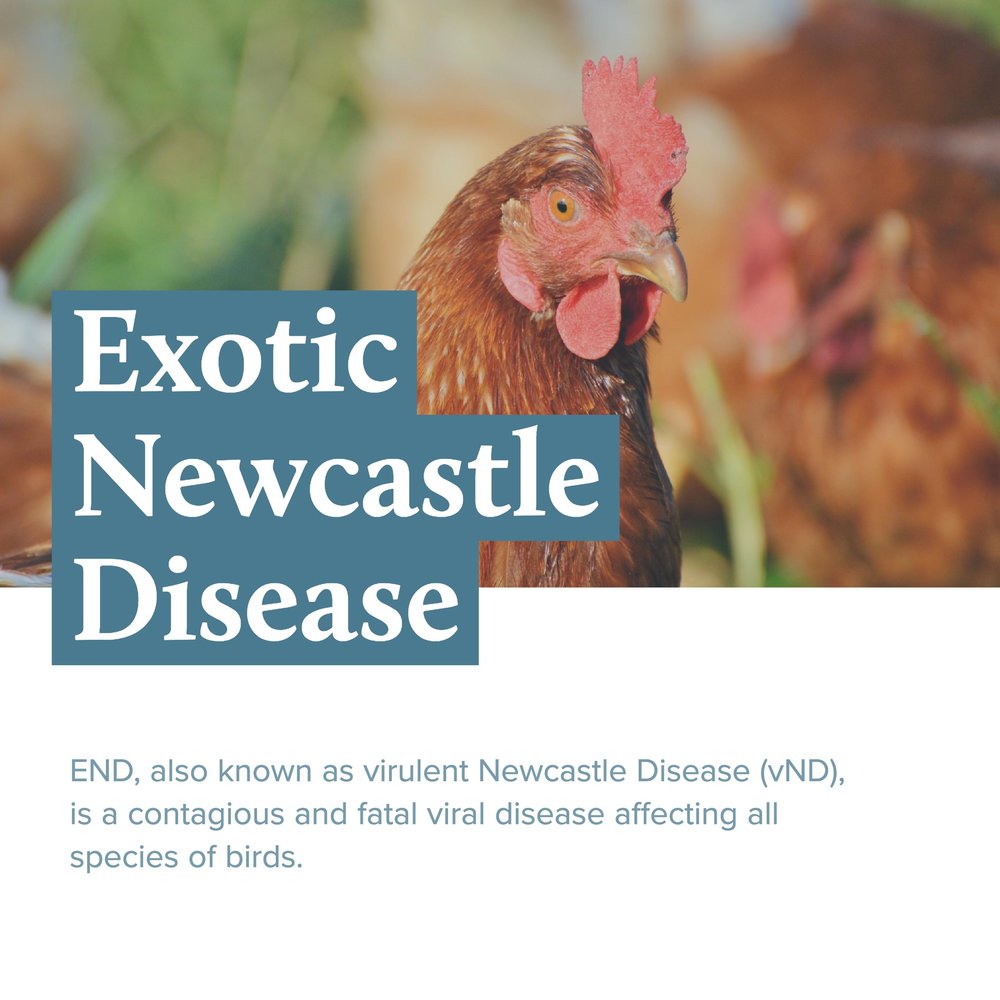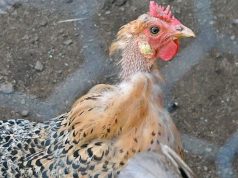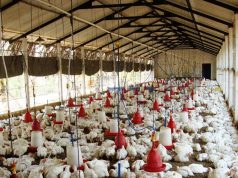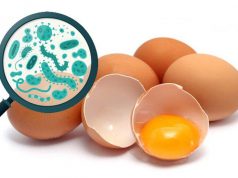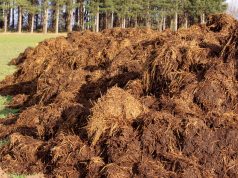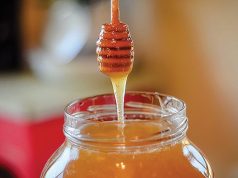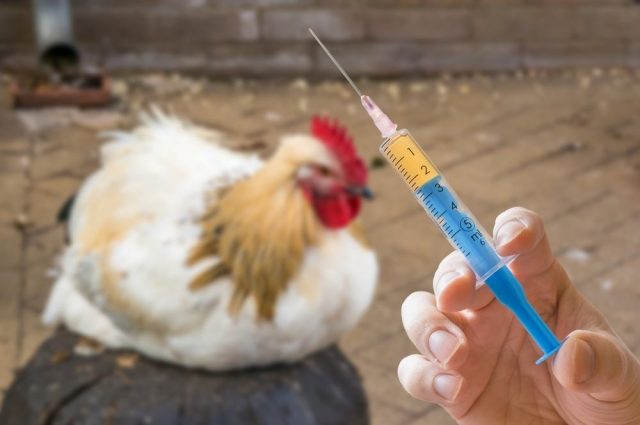
Sometimes, it could be hard to recognize different signs of a disease in chickens. For instance, the respiratory diseases usually start with sneezing, but from there, it can either lead to death or a recovery. The best case scenario is to prevent the disease from happening, but it is a difficult task. You need to know how your chickens react in order to spot the signs of disease. Below, you can find the three most common illnesses and all about them.
Coccidiosis
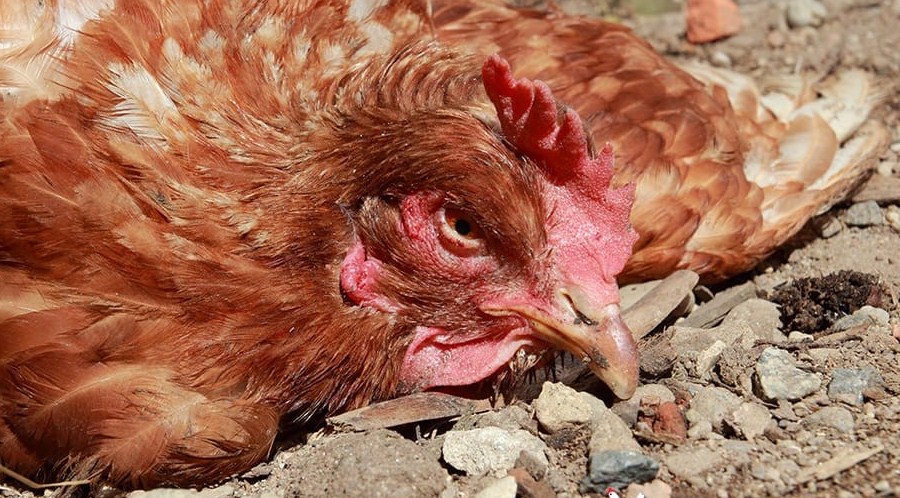
Coccidiosis is caused by the parasite called Eimeria and five different species of Eimeria target chickens. The disease is characterized by diarrhea, weight loss and all of this can lead to death. Because the body of a chicken is infected, they will start losing weight as well as pigmentation. If not treated, this sickness can be fatal.
What you need to be aware of is that Coccidia can be passed through chicken feces in the form of oocysts or tiny eggs. These small eggs resist extreme weather conditions and disinfectants, and the chicken can ingest them while pecking the ground. The oocysts build up in the soil over time, and if the chickens are exposed to high levels of oocysts, they will suffer from a severe disease, but they can become immune to it if they are exposed to small amounts.
To prevent this disease from happening, you need to improve drainage, rotate water and change the topsoil in a floor pen once a year. If you found out that your chickens already suffer from coccidiosis, you can treat it by putting amprolium in the drinking water.
Mycoplasmosis
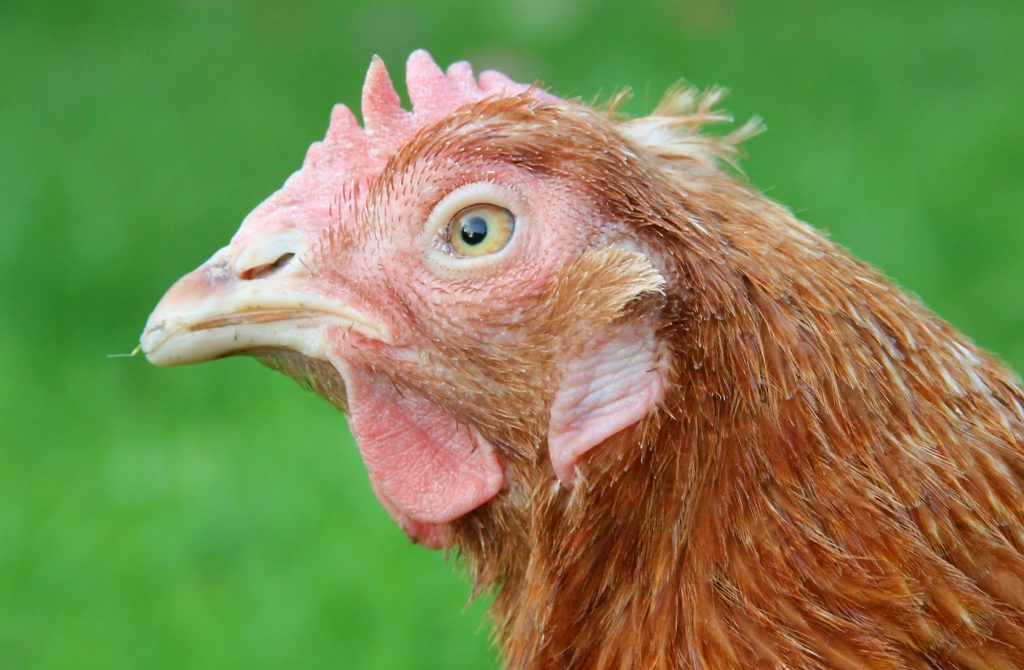
Another common chicken disease is called mycoplasmosis, a bacterial infection that attacks the respiratory system. The symptoms develop slowly and it looks like a regular respiratory infection. You can see watery eyes, dirty nostrils, sneezing and coughing. The disease causes decreased egg production, hatchability and lowered fertility.
Different species of the disease exist but the most common is Mycoplasma gallisepticum, that appears usually in small flocks. The chickens which recover from this disease remain asymptomatic carriers as long as they live. This disease can spread through the egg and the entire flock can be infected. All you have to do to prevent this disease is purchase the chickens free of it. Every veterinary diagnostic lab can perform the blood test and see whether a chicken has been exposed to Mycoplasmosis.
The infected chickens would perform well in the environment with lower stress, reduced dust, and clean coops. You can use tylosin and tetracycline antibiotics which can positively affect symptoms, but these cannot cure the chicken. Vaccines are also an option, but they are usually used for large flocks.
Avian Influenza (HPAI) and Exotic Newcastle Disease (END)
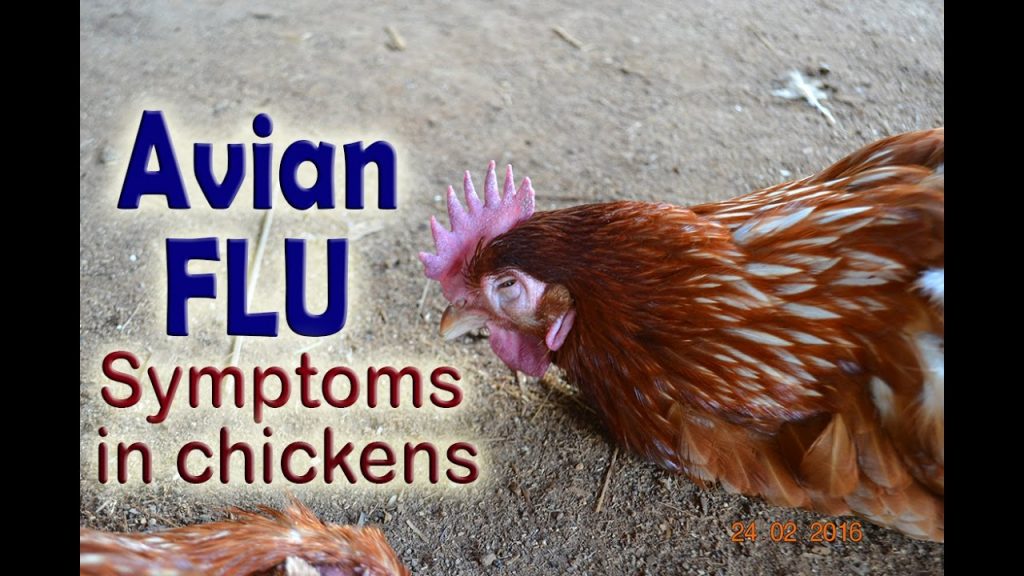
These two diseases are highly contagious viruses and they can spread quickly through the flock and the fatality is high up to 100 percent. What you will notice is severe depression, purplish discoloration, respiratory stress, diarrhea and reddish shanks. HPAI and END don’t usually appear in small flocks, but if you notice sudden deaths, report it immediately to your veterinarian. The viruses are highly contagious.
In order to prevent HPAI and END, you need to keep your flock away from wild or migratory birds and don’t add chickens to your flock because they may spread the virus. Unfortunately, at this moment, there is not an effective treatment for these two diseases. The infected chickens need to be removed from the flock as soon as possible to limit the transfer of the disease. Vaccination can be used to control the disease, but it would cost too much to vaccinate the entire flock.
